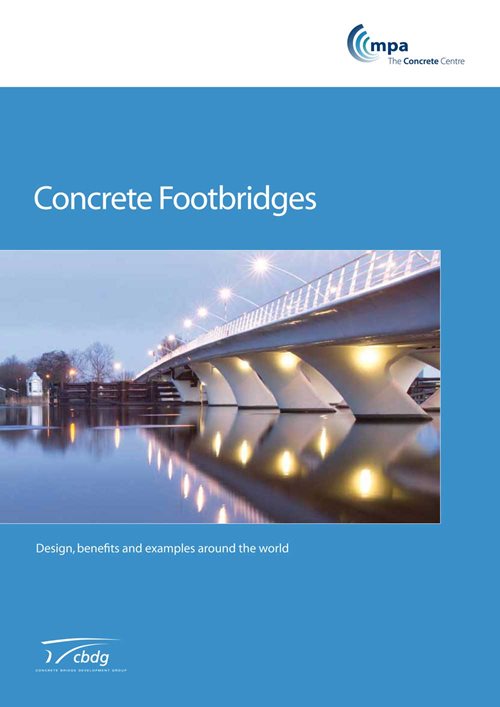Bridge types
Concrete bridges come in all shapes and sizes. Designs can meet whatever functional, aesthetic and economic criteria are appropriate to the site location and needs of the client.
Arch bridges
Arches are perhaps the oldest form of bridge construction. They can be adopted over a large range of spans.
Slab bridge decks
Slab bridge decks are useful for short spans. Designed with either solid or voided slabs, they are usually constructed with insitu concrete using traditional formwork and falsework systems.
Beam bridges
Beam bridges can be quick to erect over existing roads, railways or rivers. Standard precast beam types can cater for spans of up to 50m.
Box girder bridges
Box girders are used for spans from 40m up to 300m using either in-situ or precast concrete segmental construction. Box girders produce elegant and robust solutions.
Extrados bridges
Extrados bridges are a hybrid between a conventional box girder deck and a cable stayed bridge. A stiff deck is supported by cables at a shallow inclination from short pylons.
Cable stayed bridges
Cable stayed bridges are appropriate for longer spans. They can be designed for a huge range of span and cable configurations.
Stressed ribbon bridges
The stressed ribbon is a form of suspension bridge that encases suspension cables within the concrete deck. They are only suitable for use as pedestrian bridges.
Inclined frame bridges
Inclined frame bridges are constructed with the supporting piers integral with the deck and at an inclination to the vertical. They are ideally suited across valleys or steep sided cuttings.
For more information on the benefits of concrete bridges, download Concrete Bridges.
For more information on bridge types, visit www.cbdg.org.uk
Concrete Bridges

Concrete Footbridges
